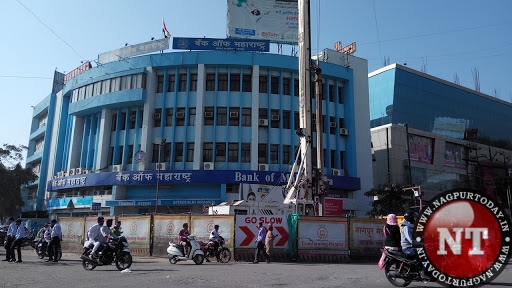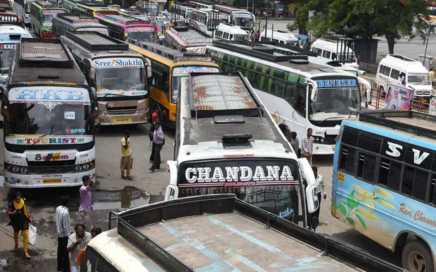Nagpur: The 9/23 floods that battered homes and marooned residents in the hinterland of the Nag River also inundated the zonal office of Bank of Maharashtra (BoM) in Sitabuldi in Nagpur and wrecked the currency vault, leaving stashed cash running to several hundred crores soaked, damaged and fractured. Media reports said that at least Rs 400 crore in paper currency had been damaged due to flooding water.
The rampaging flood waters entered the currency chest even as marooned security guards watched helplessly. Civic officials pumped out the water on a war footing even as nearby commercial establishments remained submerged. The bank operates the chest in an arrangement with RBI and distributes cash on its behalf as a custodian. The balance is settled after each day’s transactions. The chest is sent a remittance on the basis of its holding capacity or chest balance limit. Other banks too have currency chests.
The September 23 episode was reported to RBI, which dispatched an inspection team to take away the battered notes and replenish the currency vault, reports said. The apex bank officials count and scan the notes and destroy those which cannot be re-issued and a fresh remittance is made to the bank, as per procedure. However, in case of a shortfall in balance, the bank may have to pay up. Bank of Maharashtra has initiated an inquiry into the flooding of the vault in its Sitabuldi branch.
Every note issued in the economy is backed by an asset held by the government, which can be in the form of gold or bonds. This is the first time in six decades that a bank building was submerged here. The bank would continue to use the same chest as there is no immediate threat from the Nag River. Banking operations were not hit by the flood as a backup continuity plan was immediately executed, reports said
According to the RBI, there is a procedure laid down for replacement of such currency. It must be understood that banks only hold the amount on behalf of RBI. If the notes are damaged, these can easily be replaced and the currency issued in the economy remains the same.

















